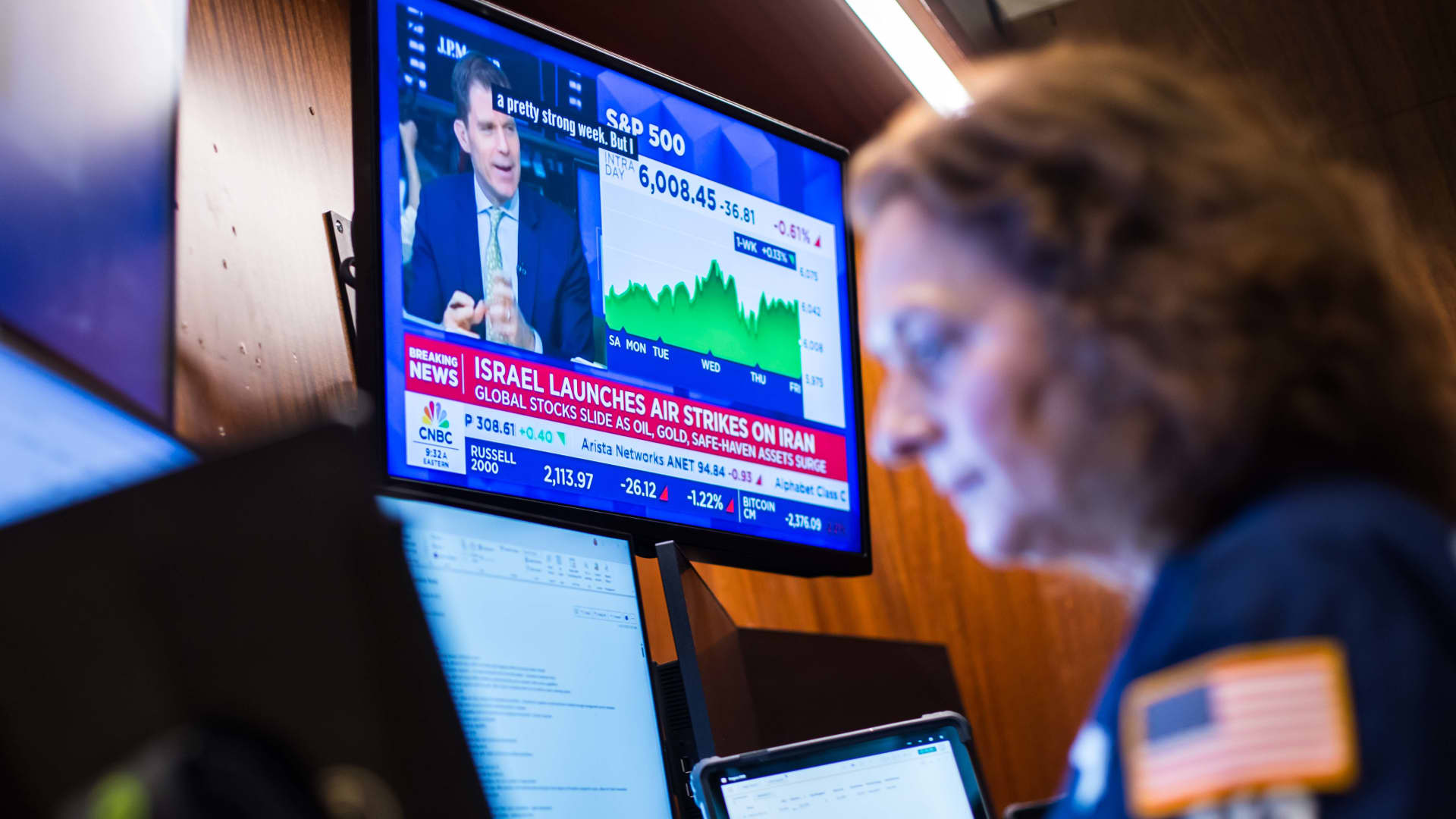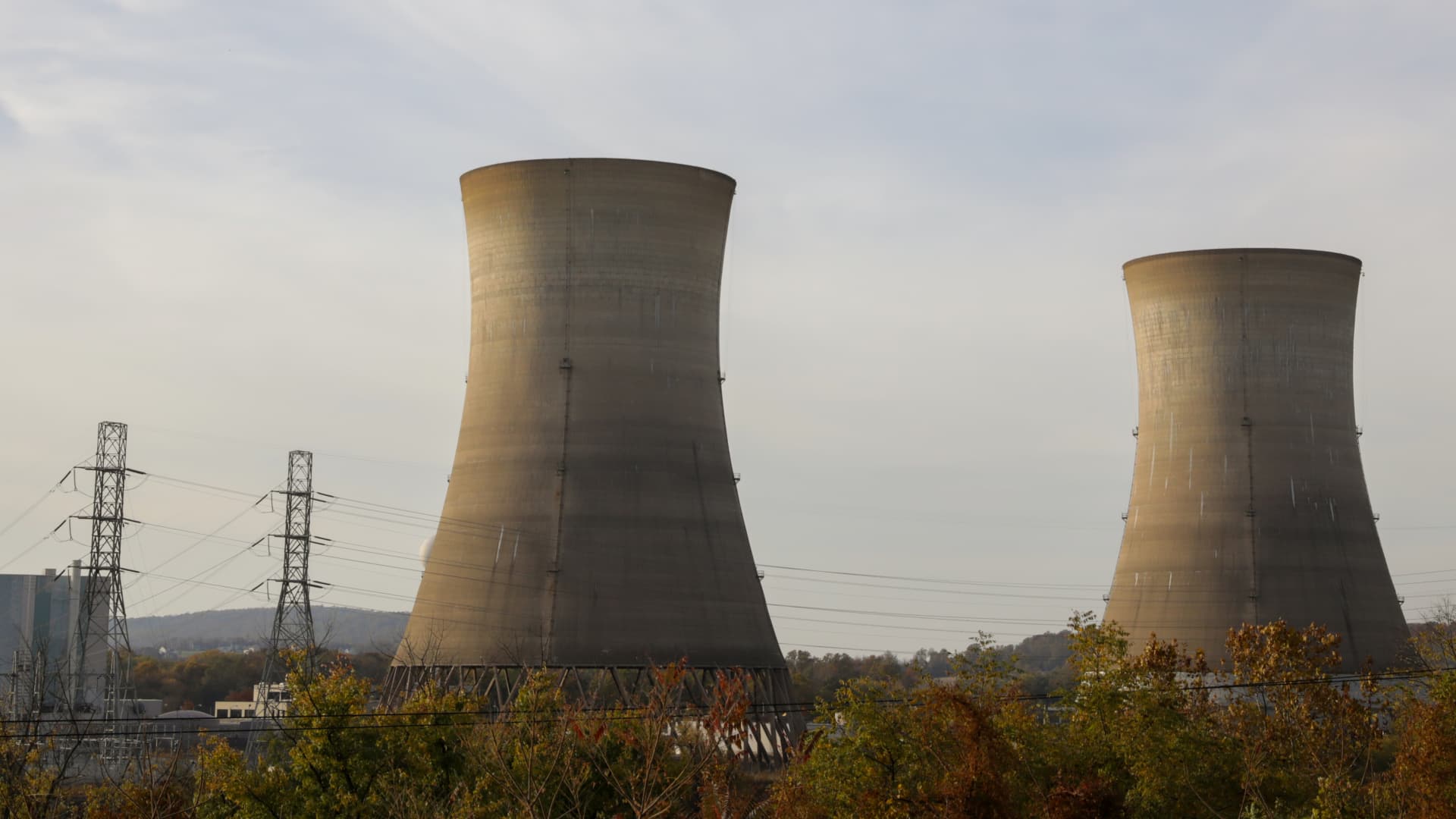FOX Business’ Ashley Webster talks to diners in The Villages, Florida about retirement as a Northwestern Mutual survey claims it will take $1.46M to retire comfortably.
Inflation has made the cost of just about everything in the U.S. more expensive – including retirement.
A new study published by Northwestern Mutual found the “magic number” that Americans believe they need in order to retire comfortably hit $1.46 million this year, the highest level on record.
The figure represents a nearly 15% jump from the $1.27 million that Americans said they needed in 2023, easily outstripping the current 3% inflation rate in the country.
Over the past five years, Americans’ “magic number” has surged 53% from the $951,000 reported in 2020, according to the financial services firm.
WHY ARE GROCERIES STILL SO EXPENSIVE?
The figure represents a nearly 15% jump from the $1.27 million that Americans said they needed in 2023, easily outstripping the current 3% inflation rate in the country. (iStock / iStock)
By generation, both Gen Z and millennials anticipate they will need more than $1.6 million to retire comfortably. Among high net-worth individuals – or those with more than $1 million in investable assets – the figure catapults to about $4 million.
Even though they expect to need more money in retirement, Americans are not actually saving more.
The average amount that U.S. adults have tucked away for retirement fell to $88,400 from $89,300 in 2023. However, that is down more than $10,000 from the five-year peak of $98,800 in 2021, the study said. In total, the gap between what people think they need for retirement and what they have actually saved is $1.37 million. By comparison, just five years ago, that was about $874,000.
US ECONOMY ADDS 303K JOBS IN MARCH, MUCH STRONGER THAN EXPECTED
“Across all segments, there are large gaps between what people think they’ll need to retire and what they’ve saved to date,” the study said.
The study comes as Americans continue to confront stubbornly high inflation that has rapidly eroded their purchasing power and, in some cases, forced them to use their retirement savings as a financial lifeline.
Shoppers are seen in a Kroger supermarket on Oct. 14, 2022, in Atlanta. (Photo by Elijah Nouvelage / AFP / Getty Images)
A separate study by the Alliance Life Insurance Company of North America shows that nearly 7 in 10 respondents said they have not contributed as much to their savings due to higher prices for everyday goods, while 42% of households reported dipping into their retirement savings.
“The rising cost of living is stretching American budgets,” said Kelly LaVigne, vice president of consumer insights at Allianz Life. “Just because inflation has slowed doesn’t mean prices have gone down. In the short term, it may be wise to delay any major purchases to keep saving toward your future and avoid taking on new debt.”
GET FOX BUSINESS ON THE GO BY CLICKING HERE
Inflation has created severe financial pressures for most U.S. households, which are forced to pay more for everyday necessities like food and rent. The burden is disproportionately borne by low-income Americans, whose already-stretched paychecks are heavily impacted by price fluctuations.
While inflation has fallen considerably from a peak of 9.1% notched during June 2022, it remains above the Federal Reserve’s 2% goal. And when compared with January 2021, shortly before the inflation crisis began, prices are up a stunning 18.49%.

 Economics1 week ago
Economics1 week ago
 Economics1 week ago
Economics1 week ago
 Economics1 week ago
Economics1 week ago
 Finance1 week ago
Finance1 week ago
 Blog Post1 week ago
Blog Post1 week ago
 Economics1 week ago
Economics1 week ago
 Personal Finance1 week ago
Personal Finance1 week ago
 Economics1 week ago
Economics1 week ago












